Artist to Artist David August and Hiba Baddou
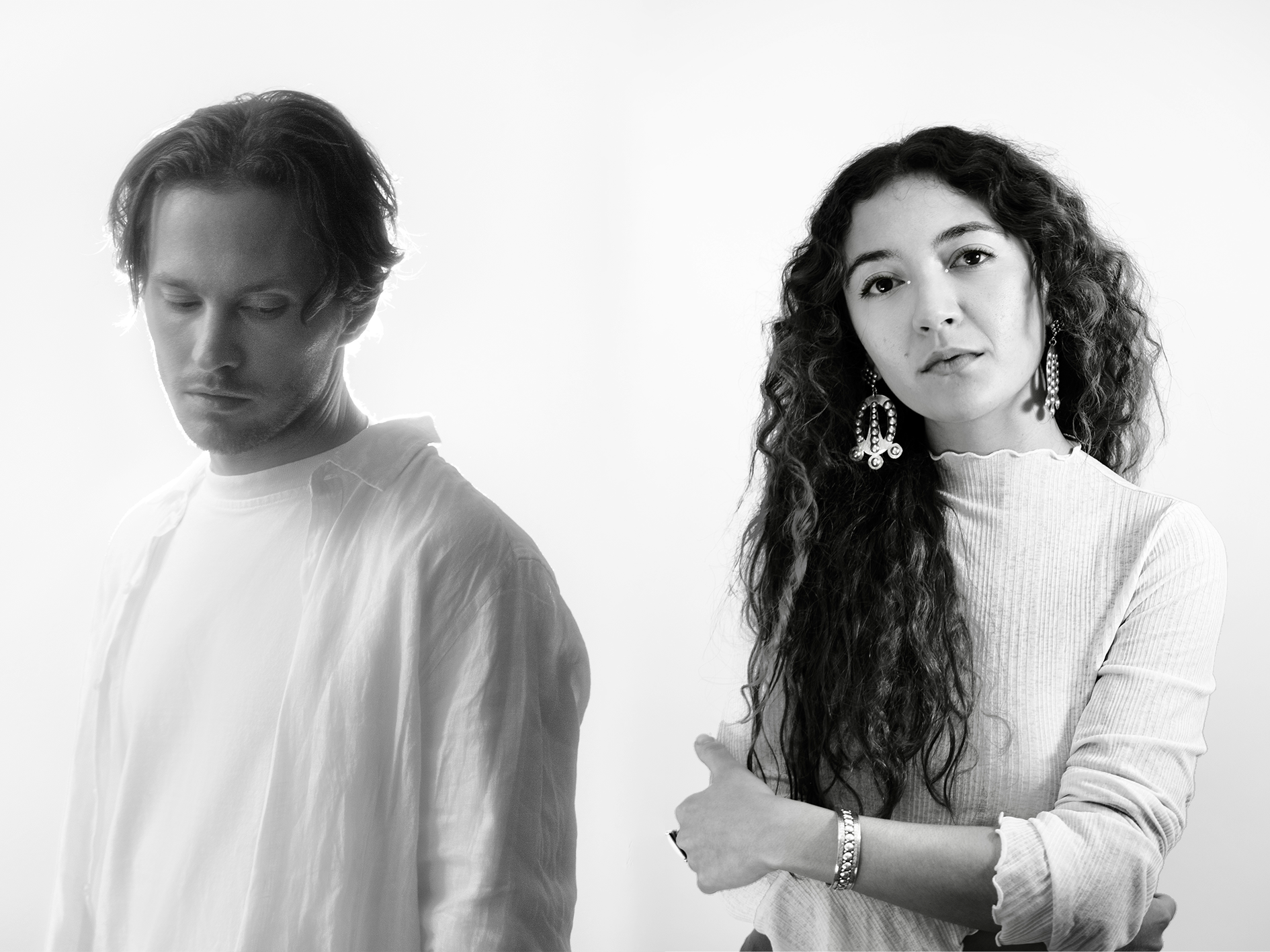
VĪS is a four-chapter exploration by Italian-German composer David August. This new album from August envisions an alternative human evolution through sound.
Born out of self-discovery, collaboration, and research, August weaves a narrative of cultural development, tracing it from Plato’s cave to the digital age.
Incorporating orchestral drones, choirs, and bells, all symbolis the project featured an imaginary alphabet, choreography, visuals, and an interactive website.
August linked up with Moroccan artist Hiba Baddou to develop this imaginary alphabet to visually represents the concept… so we thought it worth getting David to interview HIba about the project…
David: When you think back on your childhood, has there been a moment or calling when it was clear
to you that calligraphy would become part of your creative expression?
Hiba: I developed a taste for drawing very early on, through my father, an artist, who introduced me to it. It was a refuge for me to express my thoughts, emotions and different vibrations. Gradually I moved towards automatic drawing, which is a very spontaneous and mechanical form of expression. I had nothing on my mind except my own feelings. I drew faces with a pen or a chiseled tip, almost resembling symbols or abstract shapes. Then, I analyzed what my unconscious wanted to express at the end. Arabic calligraphy occupies a large part of the visual field in Morocco, where I have lived most of my life. On buildings, manuscripts and posters, it has fueled a large part of my imagination. Arabic calligraphy has a sacred dimension due to its history and the rigor of its structure and I have always been very sensitive to this writing.
I also think that learning to write with a fountain pen at school pushed me to understand the structure of a letter, whether Latin, Amazigh or Arabic, the notions of these three types of writing are almost opposite. I also wanted to develop vocabulary and formal language and feed my imagination, like any child who wants to build their ideal world. Writing has this hyper mystical power that I find fascinating, but it took me more introspection and pictorial research to be able to use calligraphy to tell a story, it was more during the pandemic that I considered the invention of an alphabet for the first time.
David: I have always found something mystical about calligraphy and symbols in general. What has
been the aspect that keeps you thriving to continue exploring this medium?
Hiba: Writing has the power to make things intelligible, even if we do not understand and do not necessarily have access to their meaning, they inspire wisdom and knowledge. Writings and symbols have fascinated us all since the dawn of time because they convey different concepts, stories, beliefs, forces, cultures and sensitivities. There is a very divine notion in writing, it carries our modern history and has made it possible to structure the world. It transmitted divine messages and defined our history, it’s fascinating. In my opinion, symbols are the most universal way to communicate, the simplification and graphic interpretation of each culture is captivating. The more we go back in time, the more I realize that the symbols were linked to nature and the human environment. Today, writing is very centered around man. This observation made me want to explore calligraphy and the creation of symbols more linked to nature. It happened during lockdown, I was isolated in Brittany in a very small village facing the Atlantic, it was gray and dark, the ocean was very rough and there was a lot of wind. I felt alone and vulnerable.
This humility in the face of nature made me want to connect with it and try to understand it. I drew symbols while listening to the sound of the waves and the wind, trying to respect and transcribe their intensity. It is through the shape and thickness of the curves, angles, full and straight lines that I sought to tell the story of this nature as well as my feeling towards it. Calligraphy imposes a certain gesture and rigor that I find very interesting for expressing emotions and I would like to go much further in its use and approach.
David As I know from our process, using the feather has been an important tool for you to start
drafting first sketches. How do you navigate between the analog and digital medium, and how can
both benefit from each other in your opinion?
Hiba: I approach all projects by sketching on paper. In my opinion, gestures and hand drawing imply sensitivity, spontaneity and the first sketches are the genesis of the project, they allow you to lay the foundations and the first intentions before changing medium and moving to vector. I attach enormous importance to the artisanal process because it is always more faithful and sensitive than work started digitally. Manual creation allows you to be more free and intuitive, there is a warm and liberated side that is less present in digital. In the beginning of the creative process, digital tools format creation rather than inspire it. Hence the importance of always starting by hand. For the Imaginary Alphabet, the manual process part was more important than the digitalization. I first started by sketching the symbols with a very fine pen, my first intention was to think about the shape and architecture of the letter, then I used the pen for the rigor and precision it brings to the structure (downstrokes and upstrokes, contrast and light). Once the letters were drawn, I called on Pascal Richon, graphic designer and also my former calligraphy teacher in order to vectorize the letters. Pascal has a very discerning eye and an excellent sense of detail. He did justice to each of the letters by proposing very subtle endings and homogenized the entire alphabet.
Creating typography certainly involves manual and digital work, but in my opinion the starting point remains the use of a handheld tool and paper.
David: Is there any particular place important for you to unfold creative processes, and is the
surrounding in general something you feel influenced by?
Hiba:My environment is very important to whatever project I am working on. I don’t have the same inspiration or the same ideas from one location to the next. My painting studio is in Morocco, I need to be in daylight, surrounded by bright colors. When I work on a project I need to immerse myself in the place as well. For calligraphy and especially for writing, isolation has always helped me to dig deep within myself and immerse myself in the process. I was on a mission in Stockholm when we met and during the creation of the Imaginary Alphabet. I was getting my bearings in this new city. Finding myself far from everything I knew allowed me to go further, I think, in this sensitive approach and in the creation of this alphabet. Your music had become a haunt during this period. I think my visual environment in Sweden allowed me to conceptualize things in a certain way, remaining minimalist and rigorous in my approach to letters.
David: Being something often connected to ancient communities and early civilizations, do you think
we are at a point where asemic writings will become more relevant again, and if so, why do you think
so?
Hiba: Today digital occupies a very large place in the visual field and artificial intelligence threatens creative professions. In my opinion, it is important to revalorize artisanal mediums and to return to a pure form of expression or to play with artificial intelligence to divert it. Writing offers a very sensitive and primary reading of an emotion and I value it a lot in these times when aesthetics favor research and graphic representation.
The cyclical side of artistic trends will likely mean that a return to craftsmanship will occur and that handwritten mediums will have more importance again. In my creative process, I look to history and the primitive side of art for inspiration. What touches me the most is this purity and simplicity of expression.
Hiba asks David
Hiba: Did languages and different forms of writing always inspire you?
David: Logographic characters as well as forms of writing that differ from the Latin alphabet have always been fascinating to me. I don’t know, but I have definitely a thing for all this. I am in awe seeing the beauty of imagination between the variety of writings. Everything that is different and is not part of my understanding I grew up with, is inspiring to me.
Communication and the different cultural circumstances, that led to the variety of expressions, have become a source that led me also through the creational process of the album. All of these connect the same intention, but from a different perspective. It teaches us in humility towards the unknown and learn from each other’s experience. At the same time, I feel terrible explaining and speaking about concepts sometimes. I prefer much more saying it through music. It is the language I feel comfortable sharing.
Hiba: What link have you established between music and the Imaginary Alphabet?
David: The idea of involving your calligraphic work came from a desire to contextualise the music within a language with unknown concepts. Given the times we were living when the music came together — and actually still are living — gave a desire to start a storytelling from scratch. With one feet in the past and one in the future. It is a utopian vision, but we need utopias as a vehicle for hope and imagination. So when I found out about your work, I thought: “That’s what I was looking for!” It seemed the missing link that could bring to the listener closer what the music was about, an alternative imaginary timeline.
Being surrounded by a mystical intention, it did not work to describe the music visually through common languages. In fact, it seems music itself remains this mystery of an untranslatable language, yet perceivable only through its physics.
Hiba: What was the impact of the Imaginary Alphabet in the musical construction of the album? Did it
inspire you make music differently (from a sound/structure/inspiration perspective)?
David: Absolutely. I think the moment the process of your drawings begun, an additional source of inspiration took place for me. As I often draw inspiration from an internal visual storytelling, here, the symbols provided an additional source to have a dialogue with. As you know, the music was not finished when we started this collaboration, so it was a meaningful and important factor that helped shaping the music. At times, I kept the drafts you sent me open in a separate window while writing the music. It was a reference to see if the music would match the Alphabet — as it has been vice versa I guess.
Obviously the initial vision behind the music remained unaffected, but because the symbols where so in line with what the music should reflect, they just helped underlining the process.
Hiba: How would you define Imagination?
David: Difficult to answer, I guess. For me, imagination comes generally from a necessity. Probably it has its origin in problem solving. The priorities of humans, for a long time have certainly not been drawing pictures or writing music. Imagination nevertheless already existed and helped to overcome obstacles and just structure the daily life. If you have a problem to solve, or are looking for a new place where to built your shelter for the night, it needed imagination to work around it. Would be curious to know what’s going on on a chemical level in our brain. It seems there is an interconnectivity between creativity, subconsciousness/consciousness and imagination within our cosmic origin.
Hiba: How has this collaboration brought something new to your artistic journey?
David: Of course, so much! I am so grateful to have had the possibility to share this creative process with you. Being usually quite solitary, it felt inspiring to share it with someone else. Also the quality of dialogue we had was very constructive. I think to see the work dynamic of yours, as another artist, how you go through the process of creation has pushed me further. It is so beautiful to see how everyone is having different approaches towards creational processes. Seeing that with you and witness how serious you took this collaboration was such an honour.
David August’s new record VIS is out now ‘Stream and Order here.


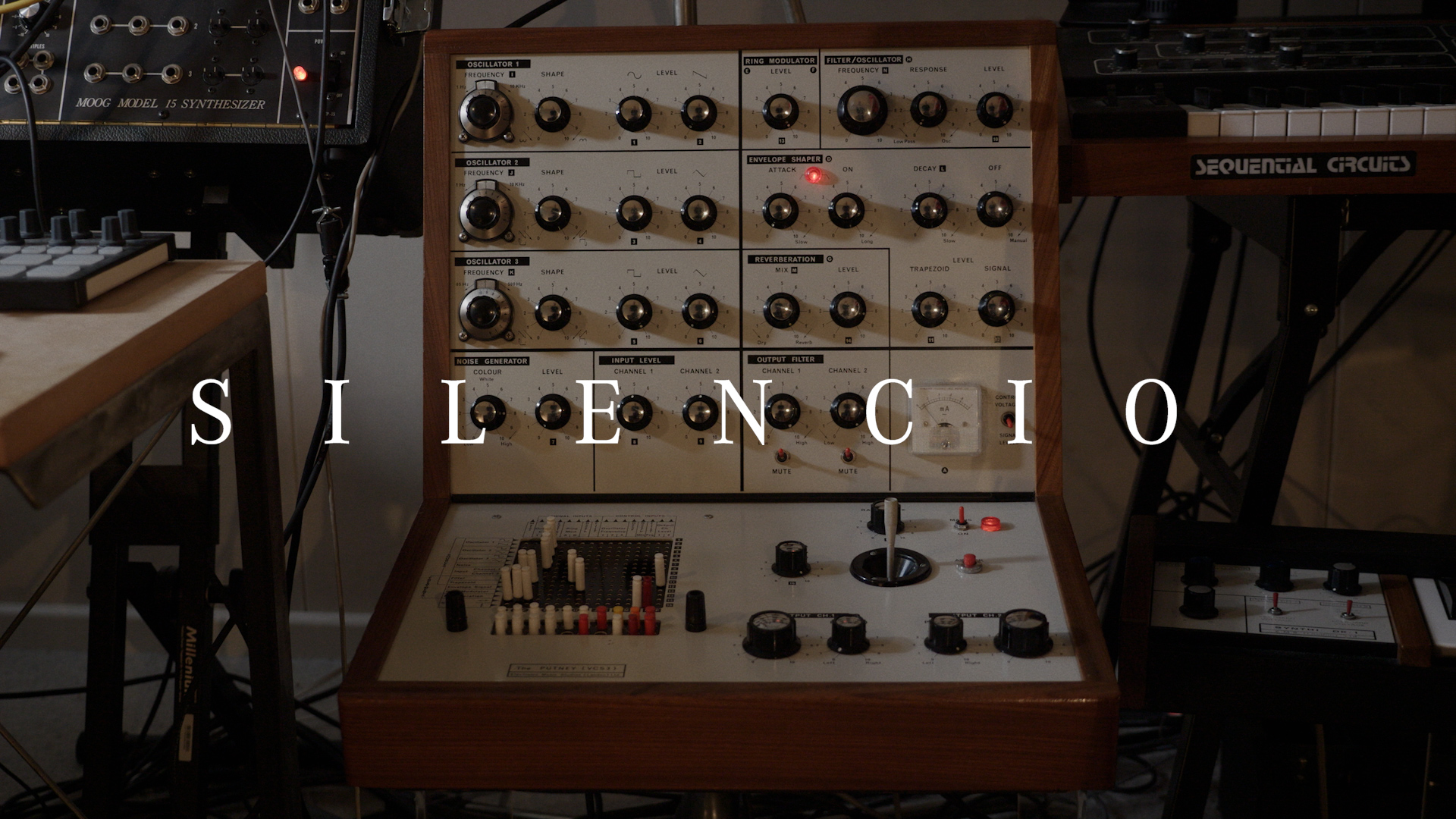
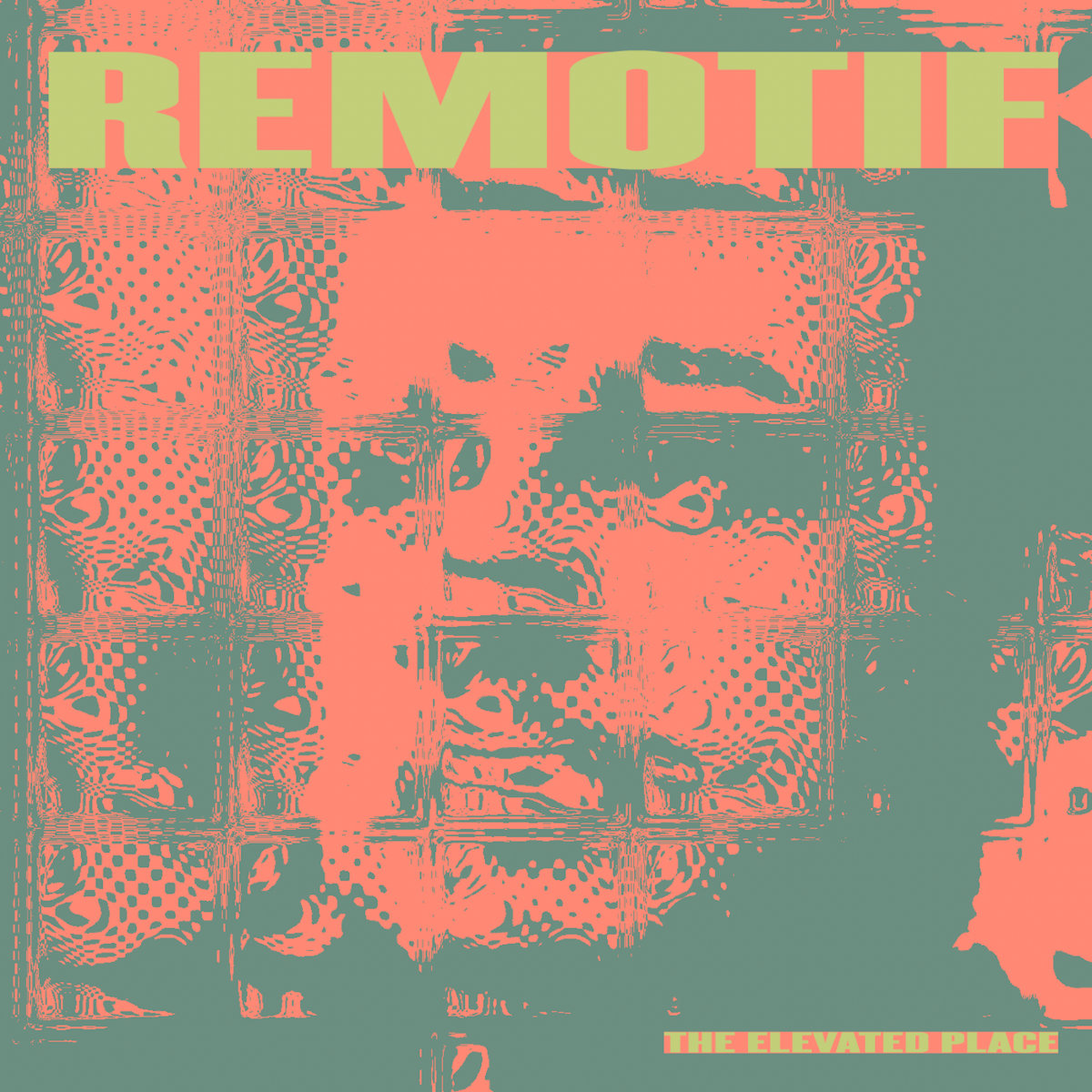
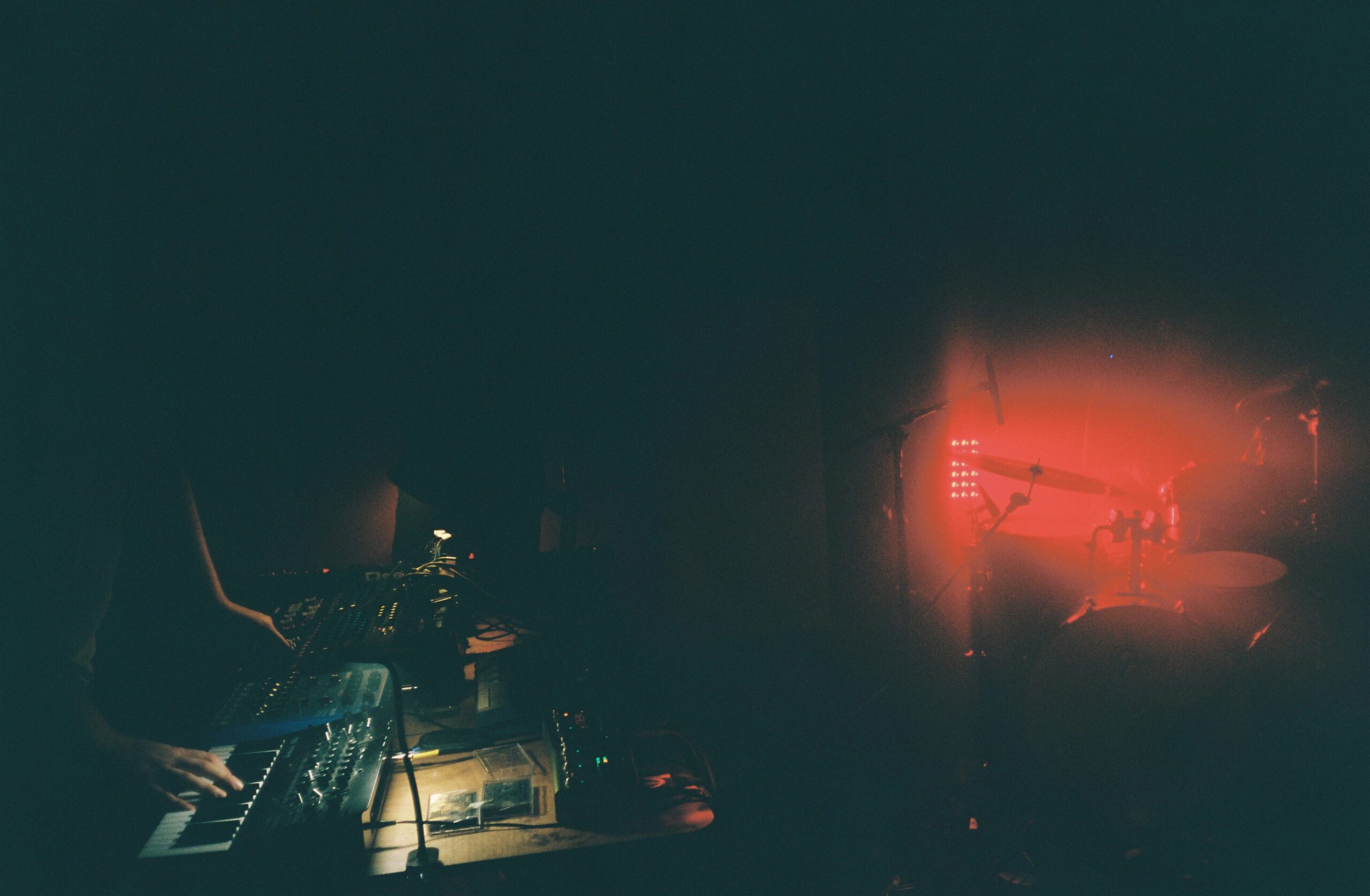












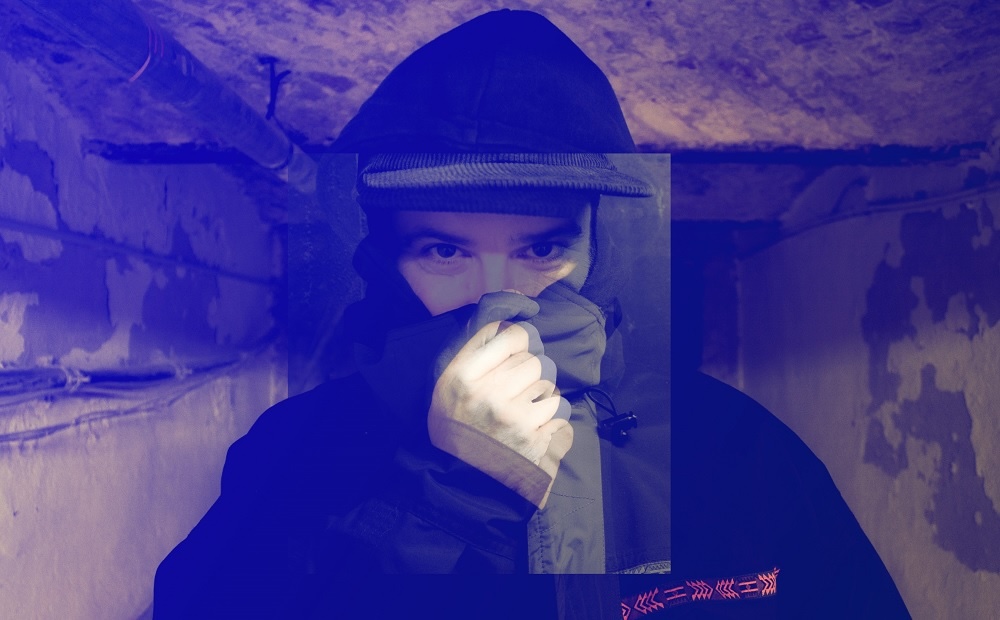




Must Reads
David Holmes – Humanity As An Act Of Resistance in three chapters
As a nation, the Irish have always had a profound relationship with the people of Palestine
Rotterdam – A City which Bounces Back
The Dutch city is in a state of constant revival
Going Remote.
Home swapping as a lifestyle choice
Trending track
Vels d’Èter
Glass Isle
Shop NowDreaming
Timothy Clerkin
Shop Now